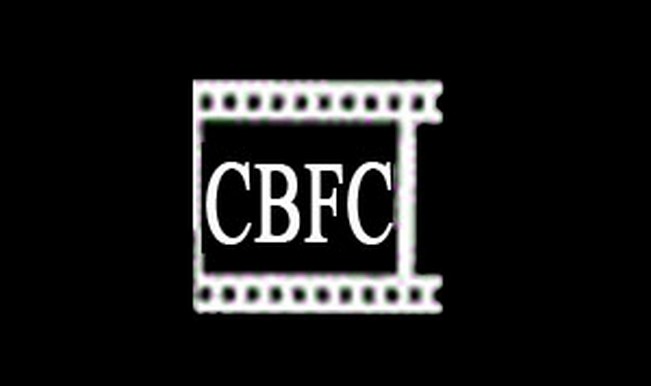A panel headed by director Shyam Benegal has put forth a list of recommendations that can largely change the film certification process in India. It has recommended that the censor board should not cut scenes and words from films, but categorise them according to the audiences’ age.
The committee was constituted by the Ministry of Information and Broadcasting on January 1, to revamp the functioning of the Central Board Of Film Certification (CBFC). The committee submitted its recommendations to minister Arun Jaitley on Wednesday.
The panel has suggested new categories like adult with caution, UA12 and UA15 for classifying movies. It has also said that the CBFC chairman should only guide the certification process, and not involve themselves in the day-to-day affairs of film certification.
Read: ALIGARH’S ADULT RATING SPARKS CRITICISM OF THE CENSOR BOARD
“We are recommending that CBFC should not be using scissors on any film. We are suggesting that in addition to different classifications that we have – we should have two categories of U/A, one plus 12 years of age and one plus 15 years of age and two categories of adult, one is normal adult and another adult with caution,” said Benegal.
The panel includes actor Kamal Haasan, filmmaker Rakeysh Omprakash Mehra, Piyush Pandey, Goutam Ghose, Bhawana Somaaya, and senior officials from the I&B ministry.
Other important recommendations by the panel, according to a PTI report, include:
- The Central Board of Film Certification can refuse certification if a film contains anything that contravenes the provisions of Section 5B (1) of the Cinematograph Act, 1952. As per this section, a film shall not be certified if the competent authority feels that it or a part of it is against the interests of the sovereignty and integrity of India, the security of the State, friendly relations with foreign States, public order, decency or morality, or involves defamation or contempt of court or is likely to incite the commission of any offence.
- The CBFC can refuse certification when the “content in a film crosses the ceiling laid down in the highest category of certification.”
- The filmmaker must specify the category of certification being sought and the target audience.
- The Censor Board chairman should only play the role of a guiding mechanism for the CBFC and not be involved in the day-to-day affairs of certification of films. The functions of the board shall be confined to the duties defined in the existing CBFC rules, which include an annual review of CBFC work, submission of annual report to the government, review of public reactions to films, and periodic recommendations for revision of guidelines. Given these limited functions, the size of the board should be compact with one member representing each regional office. Therefore, the total composition of the board should not be more than nine members and one chairman.
- Online submission of applications as well as simplification of forms and accompanying documentation. Recertification of a film for purposes of telecast on television or for any other purpose should be permitted, it has held.
- Out-of-turn certification may be permitted for which the applicant would have to pay five times the fee that would have to be paid if the certification were done in the normal course.
- Every applicant at CBFC should be asked to deposit the Director’s Cut in the NFAI for preservation of Indian cinema, instead of the certified version, in order to truly reflect the cinematic history of films.
- In the event complaints are received by the central government, the same shall be referred to the CBFC. The chairperson may, if he (sic) considers it necessary to do so, refer the film to a revising committee for examination once again, on account of alleged violation of Section 5B(1) of the Cinematograph Act, 1952.
The panel has also sought more time to give recommendations on issues relating to clearances to be obtained from the Animal Welfare Board under the Prevention of Cruelty to Animals Act and aspects related to depiction of smoking in films. The Committee shall give their recommendations on these issues by June 20.
Appointments at Regional Advisory Panel
Recommended
Also, the committee has also laid down the criteria for appointments at the Regional Advisory Panel. It recommends 50 per cent representation for women on each panel. Further, all 9 regions should have advisory panels comprising people acquainted with the language of the films being certified by that regional office. Members from all walks of life, recommended by National Film Development Corporation (NFDC), should form 25 per cent of the members, while members of the general public, recommended by the FFSI (Federation of Film Societies of India), should form another 25 per cent.
Members recommended by the National Council for Protection of Child Rights (NCPCR) and the National Commission of Women (NCW) should constitute another 25 per cent, the panel recommended.
Representatives of the local film industry, as recommended by the Film Federation of India, should form the remaining 25 per cent on these panels.
According to a statement from the I&B Ministry, the objectives of the guidelines are to protect children and adults from potentially harmful or unsuitable content, and to empower audiences, particularly parents, to make informed viewing decisions. The guidelines also will ensure that artistic expression and creative freedom are not unduly curbed in the process of classification of films, and the certification process stays responsive to social change.



